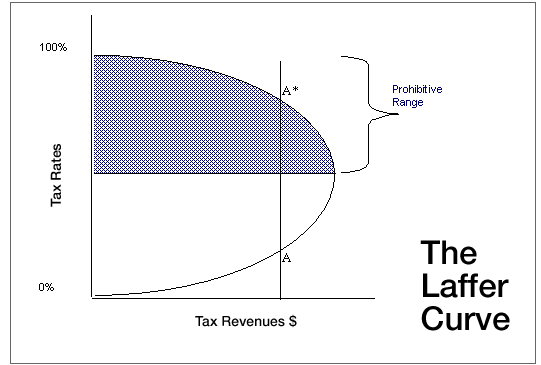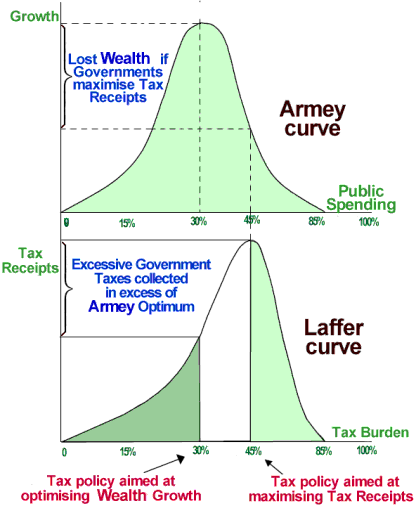Where does the Laffer Curve Bend?
At what tax rate do you stop striving your hardest to make the most money you can?



At what tax rate do you stop striving your hardest to make the most money you can?



Last edited:


